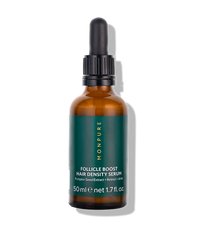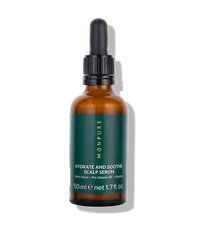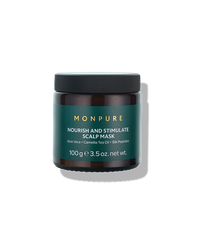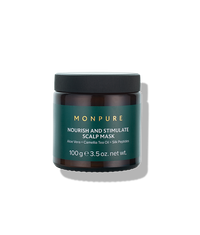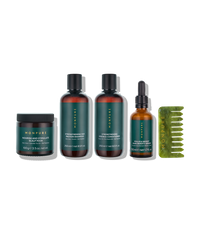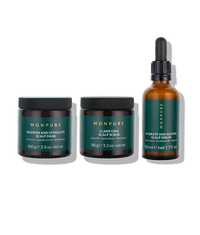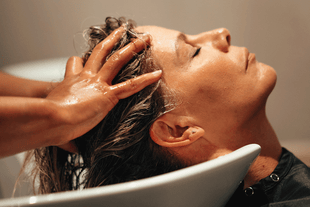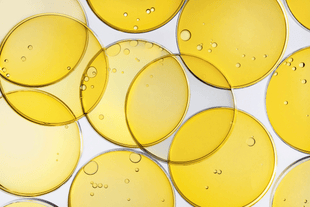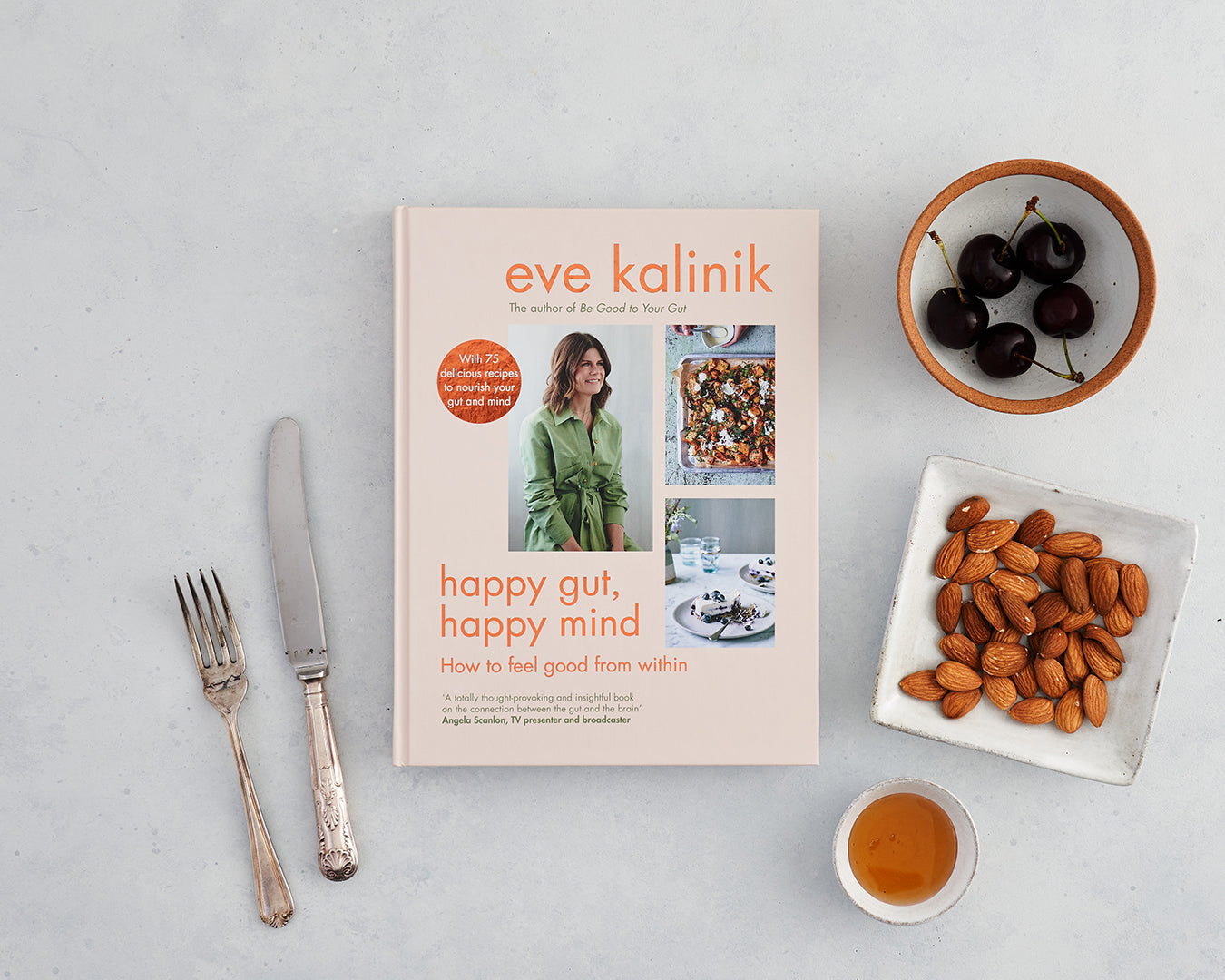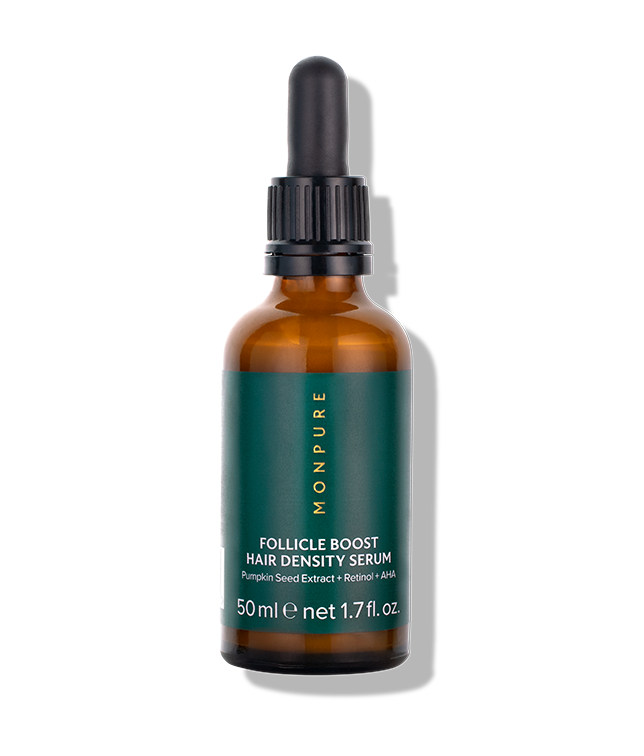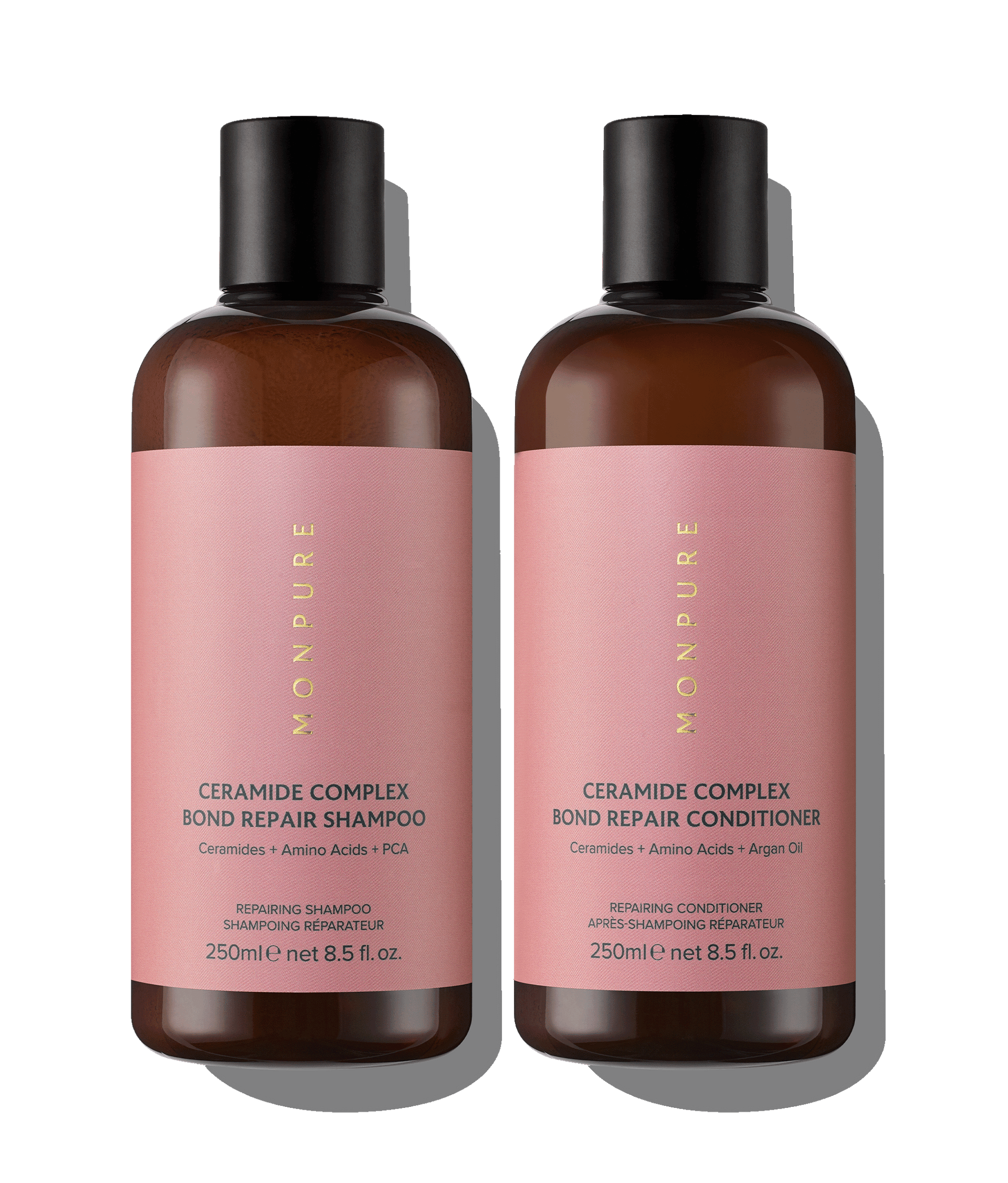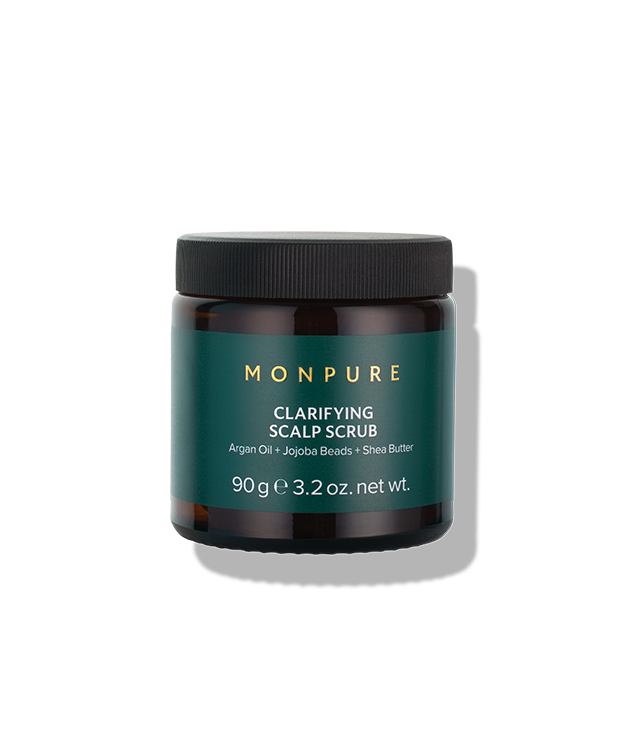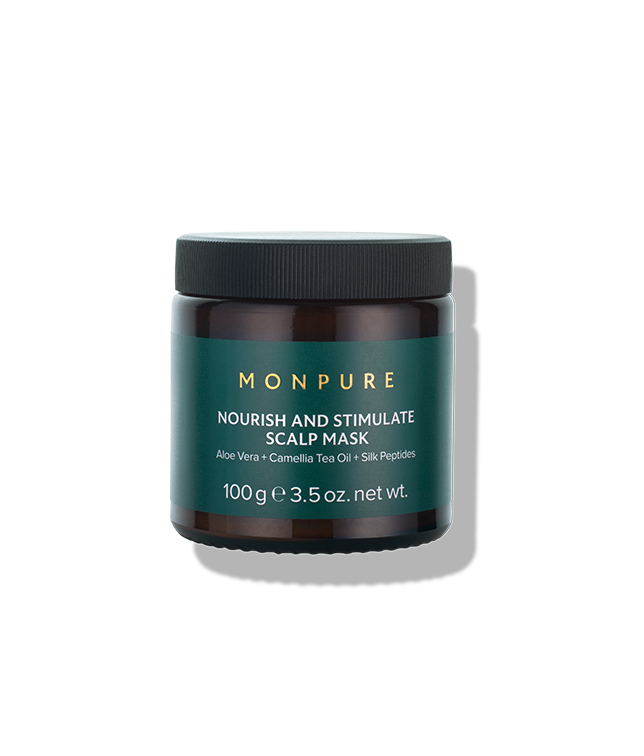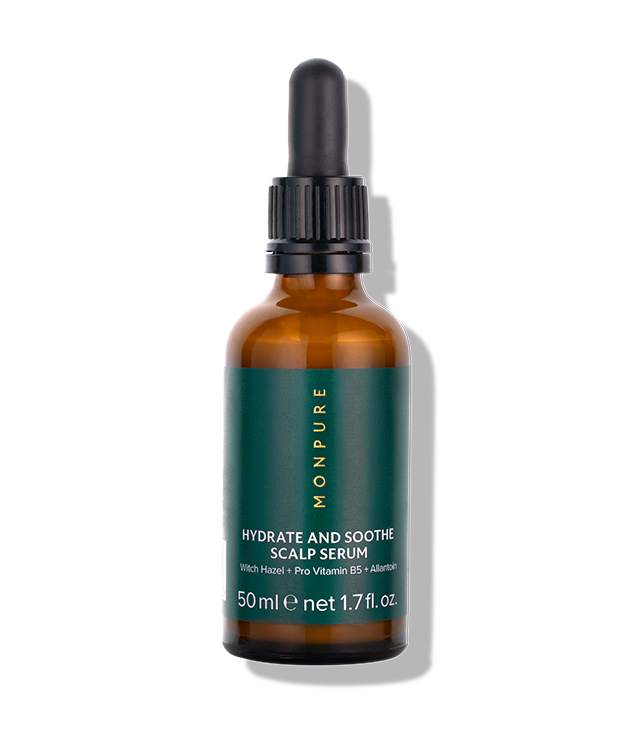
An effective scalp-skincare regime is crucial to maintaining a healthy scalp and growing stronger, longer hair. But that’s not the full story – eating the right diet can also reap rewards where your scalp and hair are concerned. Here to explain further is today’s guest blogger, Nutritional Therapist and Author Eve Kalinik.
A former fashion PR, Eve moved over into the world of health and nutrition when she realised her busy, stressful lifestyle was having a severe impact on her health. Working in nutrition, her aim is to undo the common misconception that eating healthily is about rules and restriction, instead advocating a positive approach that is focused on eating more of the right foods. She works with both individuals and brands and writes for various publications; while August saw the publication of her first book: Happy Gut, Happy Mind – How to feel good from within, which offers insight into how our gut health and mental health are interlinked. Writing for The MONPURE Journal, she picks her top foods to ensure your scalp and hair are stronger and healthier than ever.

Our scalp and hair’s condition is dependent on many factors: products that we use topically, salon treatments, environmental factors (humidity frizz anyone?) and genetics. It is also very much affected by the foods we eat, since there are key nutrients that our scalp and our hair need in order to be healthy and well nourished. Here are some of the key food groups to include in your diet…
PROTEIN
Hair is structurally made up of protein in the form of keratin, so it is vital we get enough dietary protein to support growth and strength in the hair. This could be in the form of meat and poultry (ideally organic grass-fed/free range); fish, eggs, cheese or yogurt; and plant-based sources such as tofu, lentils or chickpeas. You’ll also find small amounts of protein in nuts and seeds too. You should be aiming for around the same amount in grams per your weight in kg per day. Visually, that equates to around a palm-sized amount at each meal, which can be spread across the day as you may find you have more protein in the evening versus breakfast for example. As long as you are hitting the daily quota that’s the main thing.
BIOTIN
This helps to support the infrastructure of keratin (see above); low levels have actually been linked with hair loss. Biotin is readily available in many foods, such as egg yolks, almonds, walnuts and avocados to name just a few.
A-C-E YOUR VITAMINS
Vitamins A, C and E are essential for a healthy scalp and hair. Vitamin A helps to support cell replication, which is important for hair follicles – find this (in beta-carotene form) in sweet potatoes, butternut squash, carrots, peppers and apricots; and in the preformed source in butter, cheese, eggs and salmon. Vitamin C has two-fold benefits for the hair, in that it helps us to absorb iron and it also supports the production of collagen that is necessary for all connective tissue in the body including hair follicles. Vitamin C-rich foods include broccoli, cauliflower, peppers, kale, parsley, strawberries and blackberries. While Vitamin E provides antioxidant effects that have a protective role for cells including hair follicles – nuts are seeds are excellent sources.
OMEGA 3
This is important for every single cell membrane, including the hair follicles that keep the scalp and hair well hydrated. Omega 3 fatty acids are called essential, as we have to take them in through our diet. The highest sources of these include oily fish such as salmon, mackerel and sardines. You can also find them in grass-fed meat. Plant-based sources include flax and chia seeds, as well as walnuts although the conversion rate from these is rather low – so if you aren’t following an exclusive plant-based diet, it would be ideal to get these from meat and fish, as mentioned above.
IRON
Iron supports blood flow and oxygen to the hair follicles and low ferritin (iron stores) can result in slower hair growth, thinning and shedding. There are two forms of dietary iron: heme and non-heme – and our body absorbs the most amount of iron from heme sources. Heme iron foods can be found in red meat (ideally organic and grass-fed), sardines, mussels and clams; and in lower amounts in chicken, turkey and salmon. There is also a small amount in eggs. Non-heme iron foods would include lentils, beans, spinach and tofu. The best way to consume iron is with vitamin C rich foods (see above) as this can help with absorption, especially non-heme iron foods, so try to pair them up together where you can. Also try to avoid having tea or coffee with iron rich foods as this can impair absorption.
ZINC
This is a key mineral that supports turnover of cells including hair follicles. It also has a key role in managing sebum (oil) production that keeps the hair and scalp well lubricated. Shellfish are the highest source, such as oysters, crab, mussels and clams although they may not always feature in our day-to-day meals! Red meat, sunflower and pumpkin seeds and whole grains can also be great sources.

